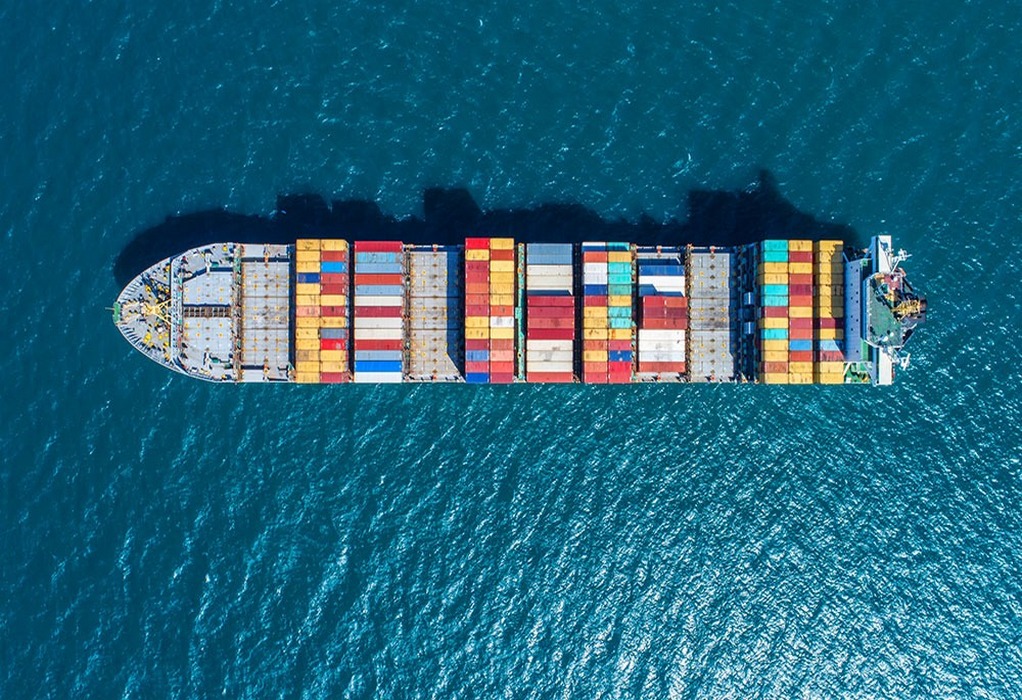The world is not on track for zero-emission fuels to account for 5% of international shipping fuels by 2030, a new analysis has found, jeopardizing the shipping industry’s 2050 decarbonization goal.
Launched at the Global Maritime Forum’s annual summit in Athens on Wednesday, the assessment finds that current scalable zero-emissions fuel (SZEF) production in the pipeline would cover just a quarter of the fuel needed by 2030.
And the delivery of zero-emission vessels is also faltering. At the end of 2022, there were 24 ships capable of running on SZEF, mostly methanol, with another 144 on order.
But current orders are just one-fifth of what is needed to meet mid-term goals, found the report, carried out by the UMAS consultancy which includes University College London Energy Institute experts.
Global shipping is responsible for about 3% of the world’s greenhouse gas emissions from human activities.
This year, the International Maritime Organization revised its greenhouse gas strategy, outlining the 5% goal but noting the industry should strive to achieve 10% zero-emission energy in international shipping fuels by the end of the decade.
Five to 10% of the fuel demand for shipping in 2030 would amount to about 5.3 million metric tons of hydrogen, 29.8 million metric tons of ammonia, or 28.1 million metric tons of methanol.
It is estimated that the industry will have to invest about $40 billion annually in SZEF bunkering and production.


Recent Posts
Ammonia
Azane Unveils New Subsidiary to Drive Ammonia Bunkering Development Oslo, Norway
Fuels Heavy oils
Public sector carbon emissions fall to 3.7 mn tonnes in Singapore
Fuels Heavy oils
UltraTech Cement targets to achieve 85% green energy
Fuels LNG
JCB unveils hydrogen combustion technology